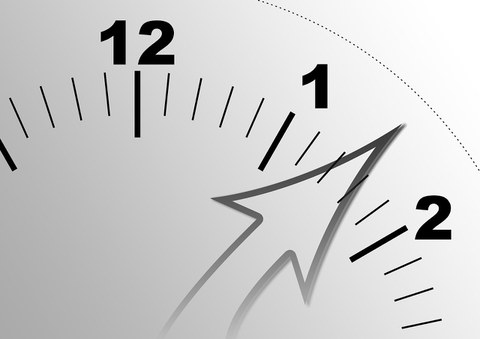28.03.2023
Ein schneller Einstieg ins FDM - Teil 1/2 - Zeitpunkte definieren
Zum Forschungsdatenmanagement (FDM) gibt es eine Fülle an Richtlinien, Leitlinien und Empfehlungen. Es gibt vielfältige und umfangreiche Themen, die man behandeln kann, aber ggf. gar nicht muss. Das kann überfordern und deshalb fragen sich viele Forschungsgruppen, ob es nicht einen schnellen Weg gibt, um mit dem FDM überhaupt erst einmal anzufangen.
Unser Vorschlag für einen schnellen und individuellen Einstieg ist es, innerhalb der Gruppe festzulegen, welche Handlungen (Checkliste) zu einem bestimmten Zeitpunkt (Auslöser) von einer bestimmten Person (Rolle) durchgeführt werden sollten.
Dabei können die Zeitpunkte von jeder Forschungsgruppe selbst festgelegt werden. In der Praxis haben sich die folgenden Beispiele bewährt:
- Eine Versuchsreihe wurde abgeschlossen.
- Eine Befragung wurde durchgeführt.
- Ein Manuskript wurde zur Veröffentlichung angenommen.
- Eine Abschlussarbeit wurde angefertigt.
- Ein Projekt beginnt oder wird beendet.
- Mitarbeitende kommen oder gehen.
Die Zeitpunkte sollten gut zur individuellen Forschungspraxis der Gruppe passen. Durch die Festlegung eines Zeitpunkts kann das Bewusstsein innerhalb der Gruppe erhöht werden, dass bestimmte Sachverhalte von herausragender Bedeutung sind und man gemeinsam einen Weg finden möchte, auf diese Situationen mit geeigneten FDM-Maßnahmen zu reagieren. Der festgelegte Zeitpunkt dient dann im Forschungsprozess als Auslöser, und damit als Erinnerungshilfe, diese FDM-Maßnahmen auch durchzuführen.
Welche FDM-Maßnahmen ein Rolle spielen, wird üblicherweise in Checklisten festgehalten. Zu Checklisten erfahren Sie hier mehr.
Haben Sie weitere Fragen zu diesem Thema oder möchten Sie konkrete Inhalte vertiefen?
Gerne kommen wir mit Ihnen ins Gespräch. Kontaktieren Sie uns dazu per E-Mail über Kontaktstelle Forschungsdaten, buchen Sie sich einen Termin, besuchen Sie unsere wöchentliche Sprechstunde oder nutzen Sie unser Weiterbildungsangebot.

